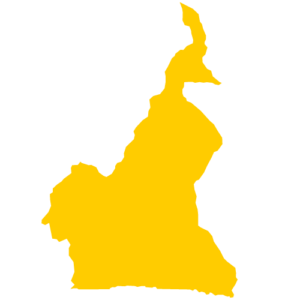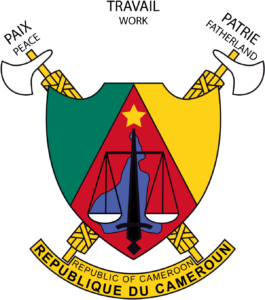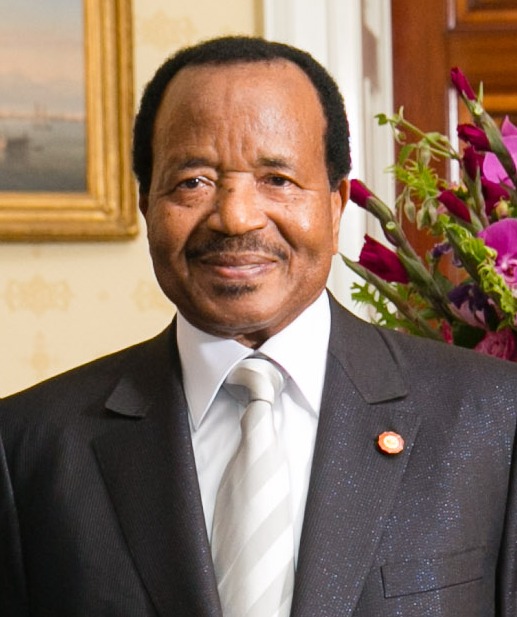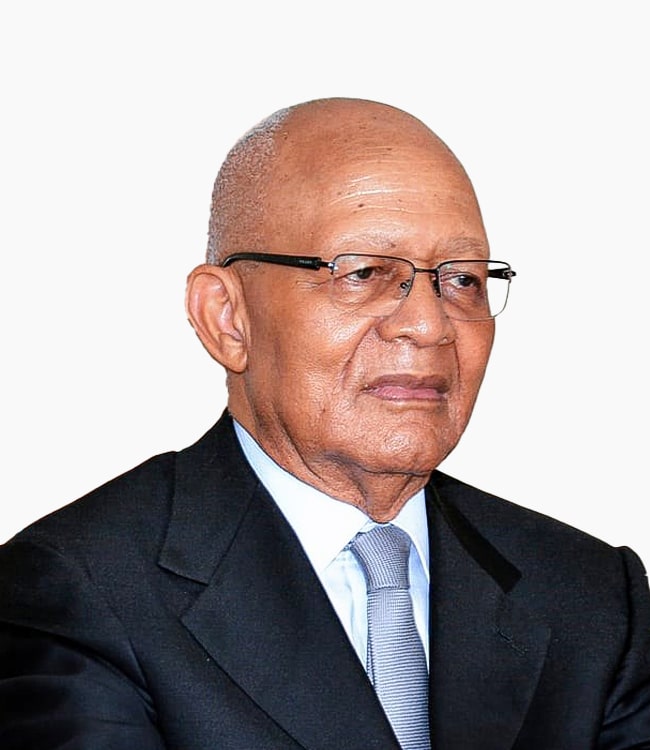Cameroon

- APPO
- MEMBERSHIP
- Cameroon
summary
Cameroon is located in Central Africa, at the bottom of the Gulf of Guinea.
In 2020, its population was projected by the Central Bureau of Censuses and Population Studies to 24,910,305 inhabitants spread over a territory of 475,442 km2, representing a density of 52% inhabitants / km2. The population growth rate is 2.6% and the urban population accounts for 57% of the total population. Life expectancy at birth is 58.1 years (according to the WHO), the mortality rate of children under 5 years of age was 80 per thousand in 2018 according to the National Institute of Statistics. The country is ranked 153rd in the HDI in 2020 out of 189 countries.
It is bordered to the north by Chad; to the east by the Central African Republic; to the south by Congo, Gabon and Equatorial Guinea and to the west by Nigeria.
Cameroon is a country that has several major cities including YAOUNDE, the political capital of the country, DOUALA, the economic capital. Economic growth rate in 2020: 0.5% (source: INS National Institute of Statistics)


Independence Day
20 May 1960
Official language
French and English
Capital
Yaoundé
Main cities
Douala, Ngaoundéré, Garoua, Maroua, Bafoussam
Population in 2020
24,910,305
Natural gas reserves at the end of 2020
149 billion standard cubic meter
Proven crude oil reserves in 2019
311.30 million barrels (source SNH)
Crude oil production in 2020
26.556 million barrels (source SNH)
Crude oil production in 2021
19.293 million barrels (Source: SNH)
Natural gas production in 2020
SCF 75.243 billion (source: SNH)
Natural gas production in 2021
SCF 55.517 billion (Source: SNH)
Currency
Francs CFA (CEMAC) XAF
Nominal GDP in 2020*
23 486.5 billion CFA francs

H.E. Paul Biya
Head Of State

S.E Adolphe Moudiki
Plénipotentiaire du Cameroun au Conseil des Ministres de l’APPO

